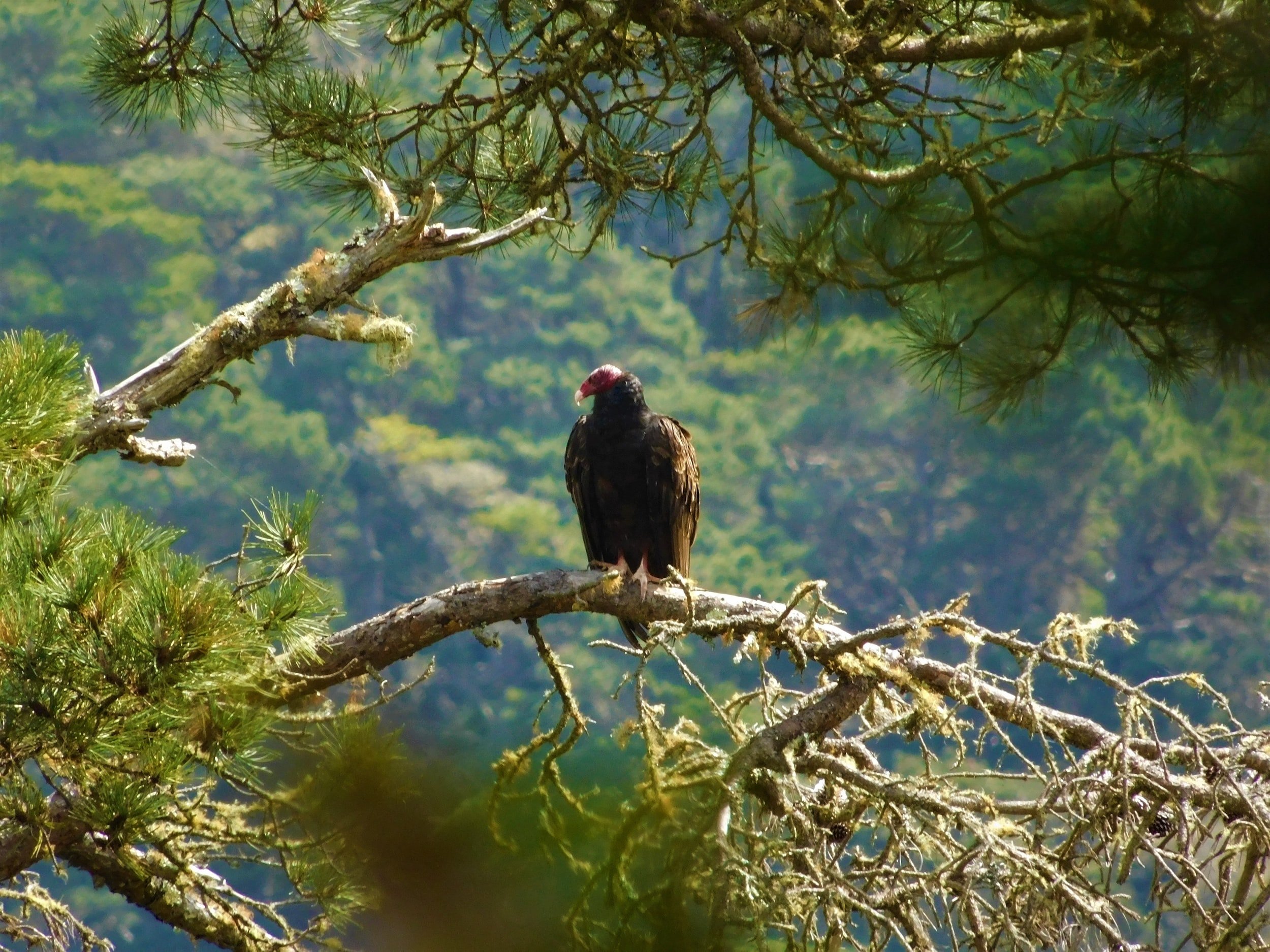
Co-Permittees
To proactively address the potential for conflicts between wind turbine operations and California condors, a group of wind energy project owners and operators within the Tehachapi Wind Resource Area formed the Wind Energy Condor Action Team, also known as WECAT LLC.
WECAT LLC Member Companies:
North Sky River Energy, LLC
Pacific Wind Lessee, LLC
Pinyon Pines Wind I, LLC
Pinyon Pines Wind II, LLC
Rising Tree Wind Farm LLC
Rising Tree Wind Farm II LLC
Rising Tree Wind Farm III LLC
Sky River Wind, LLC
Wind Resource I
Wind Resource II - Pajuela Peak
Wind Wall 2 LLC
Windstar Energy, LLC
Alta Wind I, LLC
Alta Wind II, LLC
Alta Wind III, LLC
Alta Wind IV, LLC
Alta Wind V, LLC
Alta Wind VIII, LLC
Alta Wind XI, LLC
Coram California Development, L.P.
Coram Energy, LLC
Coram Tehachapi, LLC
Keyhole Wind, LLC
Mustang Hills, LLC
The Risk
WECAT LLC members currently operate more than 1,280 turbines across approximately 200 square miles with 2.3 GW of generating capacity, which represents approximately 72% of the current wind energy generating capacity within the Tehachapi Wind Resource Area (TWRA). To date, there have been no reported instances of California condors being injured or killed by operating wind turbines in the Tehachapi Wind Resource Area. However, as the California condor population continues to grow and their current range expands, the potential for a California condor to be injured or killed from a collision with a wind turbine or other wind project-related facility becomes greater.
Preventative Measures
WECAT’s 24 member companies operating in the region, have worked together, with input from the US Fish and Wildlife Service (USFWS) and The Peregrine Fund, to develop a Condor Conservation Plan and obtain an incidental take permit from the USFWS under Section 10(a)(1)(B) of the Federal Endangered Species Act. This conservation plan establishes monitoring and mitigation actions required of all member companies, including financial commitments to provide long-term funding to The Peregrine Fund for the rearing and release of at least 35 new California condors over the next 15 years.
The 24 WECAT co-permittees also committed to avoiding and minimizing the risk to California condors. California condors are attracted to areas where carrion (dead animals) are present. The Condor Conservation Plan includes measures to remove this attraction by implementing a carrion management program in the wind resource area to minimize the presence of the California condor. In addition, the co-permittees participate in an advanced condor detection system where condors carry VHF and GSM tags on their wings.
When a condor flies through a “geo-fence” (signal field) the tags send signals to a tower operator who then notifies the wind operators that condors are in the area. If the condors are within certain proximity to the wind turbines, operators curtail wind turbine blades until the area is considered clear of the risk. These measures provide necessary avoidance and minimization measures to protect the condor. These detection and curtailment measures have been voluntarily followed by many TWRA operators as a commitment to further minimizing the risk to the California condor.
This first-of-its-kind collaborative undertaking would not have been successful without the participation and input of each of the 24 member companies listed below, in addition to technical and legal assistance provided by Camas LLC, ICF, Western EcoSystems Technology, Inc., and Cox, Castle & Nicholson LLP.
The image above shows the distribution of all WECAT LLC member wind energy generation projects within the Tehachapi Wind Resource Area. For more information around these efforts, reach out below.






